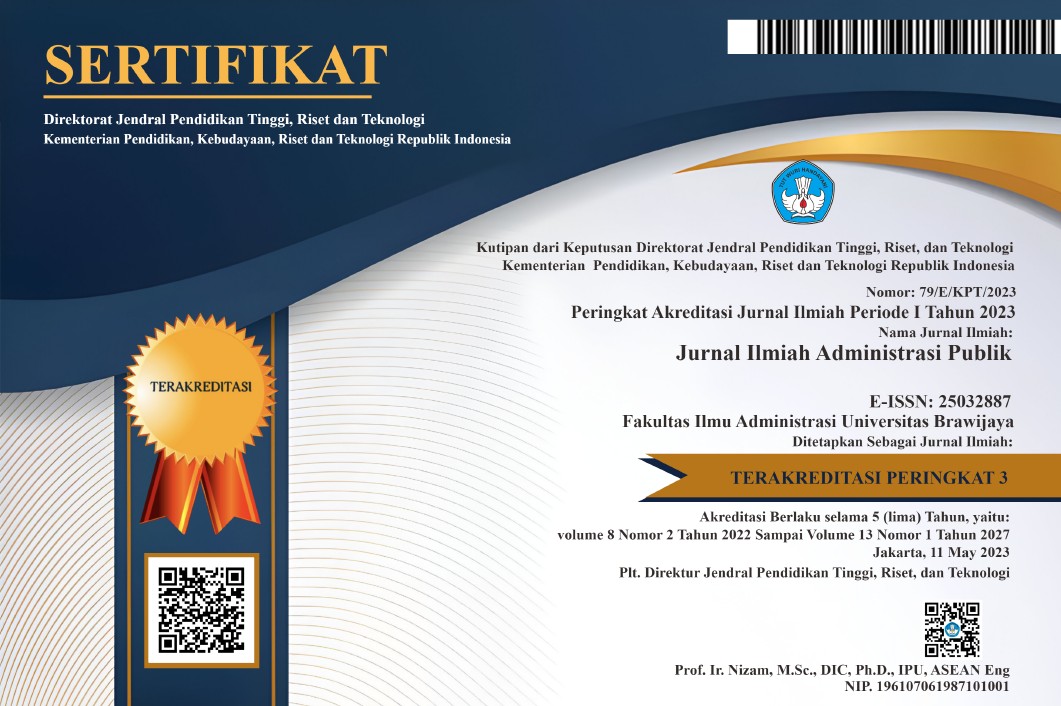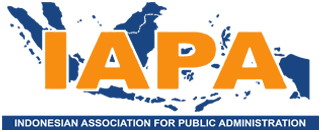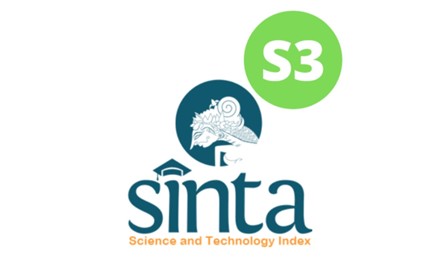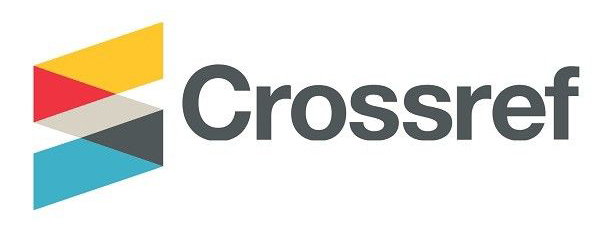Pengaruh Mutu Layanan Perguruan Tinggi terhadap Kepuasan Mahasiswa (Studi pada Fakultas Ilmu Sosial Universitas Negeri Malang)
Keywords:
SERVQUAL, student satisfaction, employee mapping, academic administrationAbstract
This study aims to examine the effect of higher education service quality on student satisfaction. The variables used in this study are service quality and student satisfaction. The research applies the SERVQUAL theory by Abdullah (2006). The data collection technique used is by using a questionnaire with 343 respondents from the Faculty of Social Sciences (FIS) UM. FIS was chosen because it was declared as the most stable faculty in academic administration affairs (Renstra FIS UM, 2015-2019). From the results of this study, the coefficient of determination R Square shows a value of 0.482 or 48.2%. This means that the Student Satisfaction variable (Y) is influenced by 48.2% by Reliability (X1), Responsiveness (X2), Assurance (X3), Empathy (X4), and Tangibles (X5) while the remaining 51.8% is influenced by other variables outside the five variables. which were investigated in this study. While the most significant indicator on the Service Quality variable is Empathy with a regression coefficient of 0.307. This shows that the attention of the Academic Administration given to individual students is quite high and has a significant effect on student satisfaction.
References
Abdullah, Firdaus. 2006. Measuring service quality in higher education: HEdPERF versus SERVPERF. Marketing Intelligence & Planning, Vol. 24, No. 1, pp. 31-47;
Abdullah, Firdaus. 2006. The development of HEdPERF: a new measuring instrument of service quality for the higher education sector. International Journal of Consumer Studies. 30 (6), pp. 569–581
Al-Alak, B.A. dan Alnaser, A.S.M. 2012. Assessing the Relationship Between Higher Education Service Quality Dimensions and Student Satisfaction. Australian Journal of Basic and Applied Sciences, 6(1): 156-164
Alves, H & Raposo, M. 2007. The Influence of University Image in Student’s Expectations, Satisfaction and Loyalty. Annual EAIR Forum, Innsbruck, Austria.
Athanassopoulos, Antreas; Spiros Gounaris dan Vlassis Stathakopoulos. 2001. Behavioural responses to customer satisfaction: an empirical study. European Journal of Marketing, Vol. 35 No. 5/6, pp. 687-707
Elliot, K. M., & Shin, D. (2002). Student Satisfaction: an alternative approach to assessing this important concept. Journal of Higher Education Policy and Management, 24(2), 198-209.
Indriantoro, N. dan Supomo, B. 1999. Metodologi Penelitian Bisnis: Untuk Akuntansi & Manajemen. Edisi pertama, Yogyakarta:Penerbit BPFE.
Kitcharoen, Krisana 2004. The Importance-Performance Analysis Of Service Quality In Administrative Departments Of Private Universities In Thailand, ABAC Journal, Sept-Dec,, Vol. 24. No. 3, Pp. 20-46.
Parasuraman et. al., A. (1988). Servqual: A Multiple-Item Scale for Measuring Consumer Perception of Service Quality, 64(1), 29.
Parasuraman, A., Zeithaml, V.A., & Berry, L.L. (1991). Refinement and Reassessment of the SERVQUAL Scale.Journal of Retailing, 67, 420- 450.
Pemetaan Kebutuhan SDM Berdasarkan Analisis Beban Kerja (ABK) LIBRARIA , Vol. 4, No. 2, Desember 2016 287
Peraturan Kepala Badan Kepegawaian Negara Nomor 3 Tahun 2013. (n.d.). Badan Kepegawaian Nara Republik Indonesia.
Peraturan Menteri Riset, Teknologi dan Pendidikan Tinggi Nomor 49 Tahun 2015.
Peraturan Pemerintah RI No.10 Th. 1999, tentang Pendidikan Tinggi
Sallis, Edward. 2012. Total Quality Management in Education (Manajemen Mutu Pendidikan), Terjemahan Indonesia oleh Ahmad Ali Riyadi dan Fahrurrozi. Jogjakarta: IRCiSoD.
Sugiyono. 2005. Statistik Untuk Penelitian. Bandung: Penerbit Alfabeta.
Sutanta, Edhy . 2005. Statistik dan Probabilitas: Teori dan Praktek Komputer.Yogyakarta: Amus.
Downloads
Published
Issue
Section
License
Copyright (c) 2021 Jurnal Ilmiah Administrasi Publik

This work is licensed under a Creative Commons Attribution-NonCommercial 4.0 International License.
If your paper is accepted, the author identified as the formal corresponding author for the paper will receive an email prompting them to login into Author Services; where via the JIAP Author Licensing Service they will be able to complete the license agreement on behalf of all authors on the paper.














